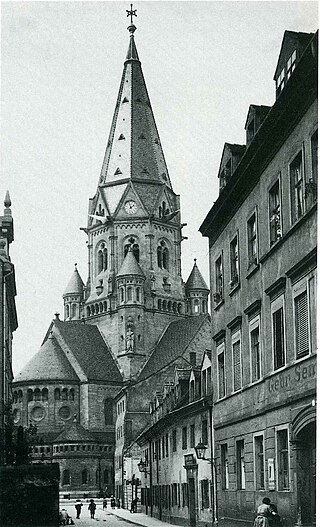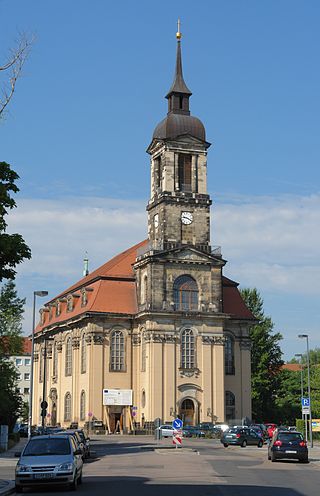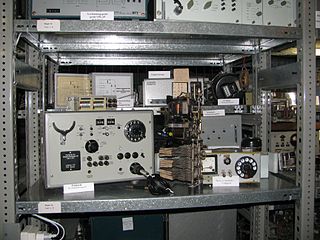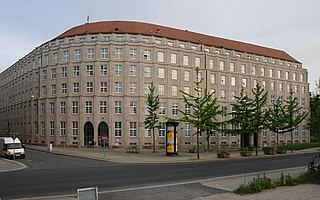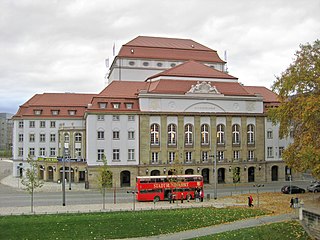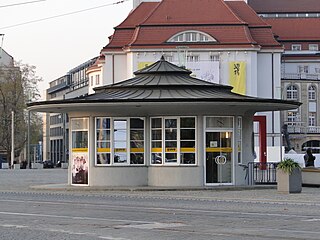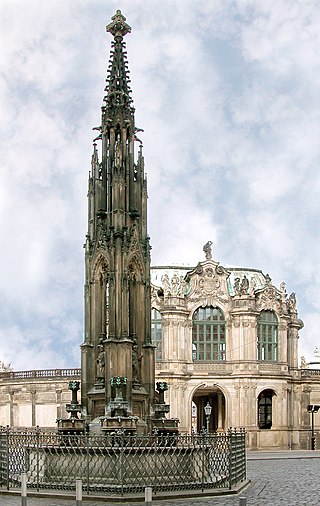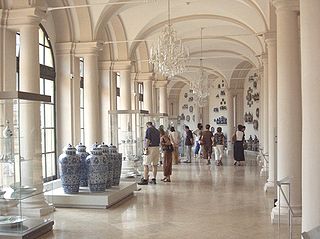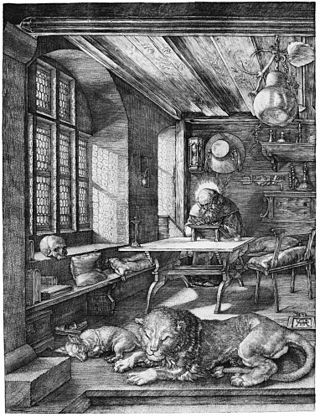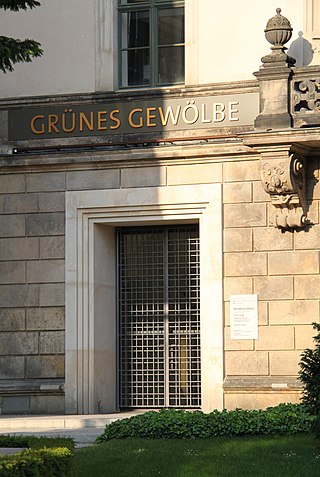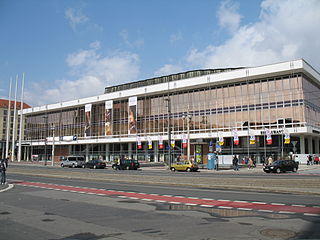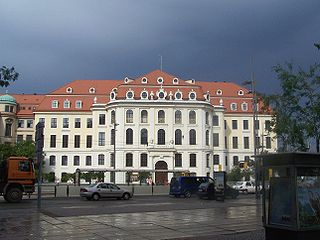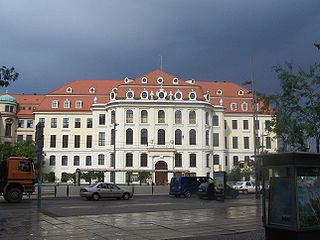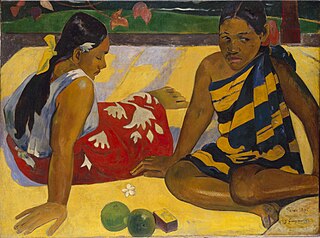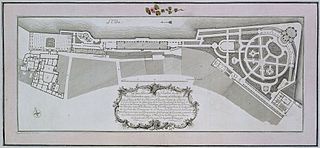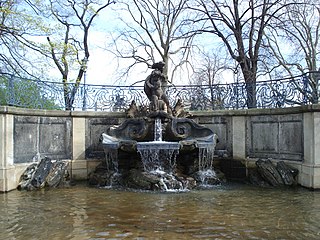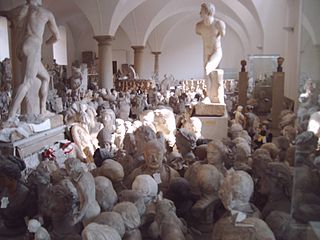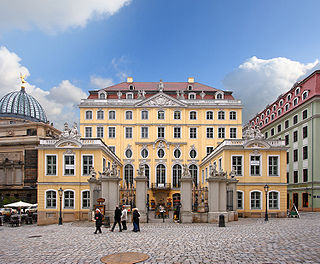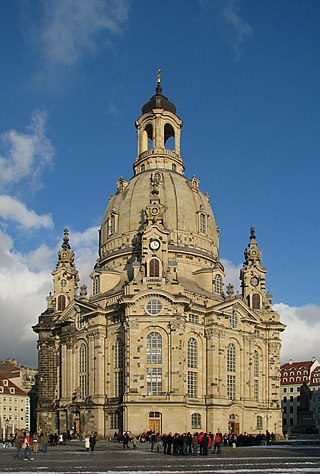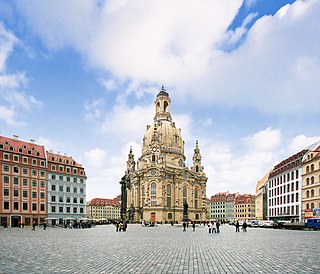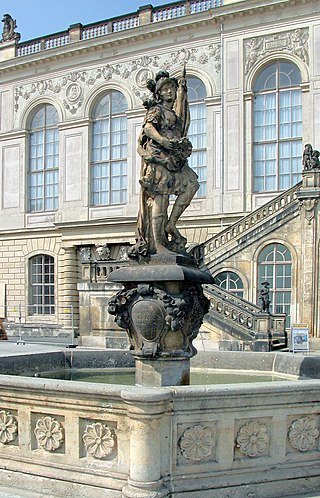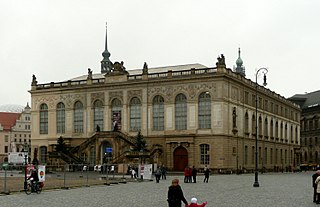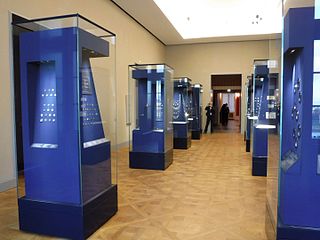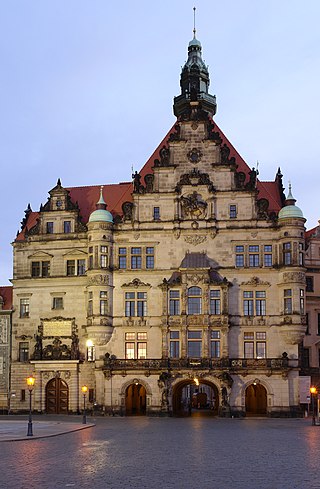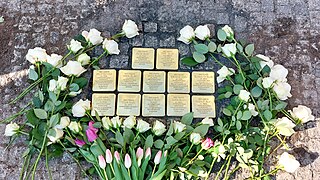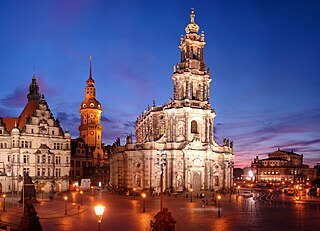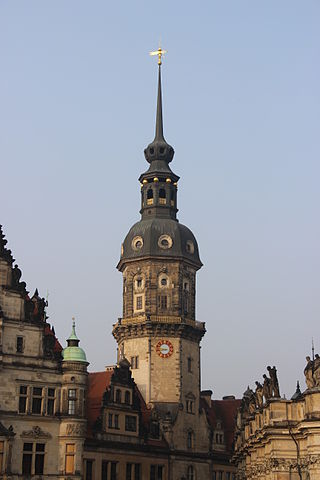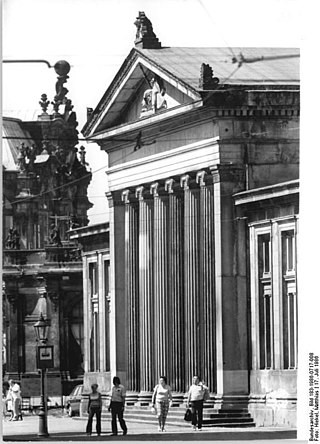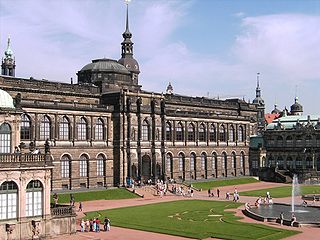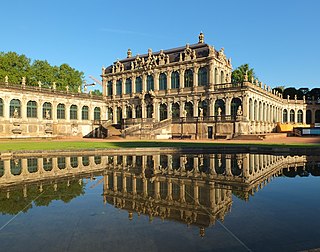Self-guided Sightseeing Tour #1 in Dresden, Germany
Legend
Guided Free Walking Tours
Book free guided walking tours in Dresden.
Guided Sightseeing Tours
Book guided sightseeing tours and activities in Dresden.
Tour Facts
7.3 km
183 m
Experience Dresden in Germany in a whole new way with our free self-guided sightseeing tour. This site not only offers you practical information and insider tips, but also a rich variety of activities and sights you shouldn't miss. Whether you love art and culture, want to explore historical sites or simply want to experience the vibrant atmosphere of a lively city - you'll find everything you need for your personal adventure here.
Activities in DresdenIndividual Sights in DresdenSight 1: Festtagstür der Jakobikirche
The Jakobikirche was a High Rhenish Neo-Romanesque church built in Dresden between 1898 and 1901 to plans by Jürgen Kröger. It was destroyed by bombing in the Second World War and its ruins were demolished in 1953.
Sight 2: Annenkirche
Anne's Church is named in honour of Anne of Denmark, Electress of Saxony. The original 1578 church was destroyed by Prussian troops in 1760 during the Seven Years' War. The new church was opened in 1769.
Sight 3: Fernmeldemuseum Dresden
The Telecommunications Museum Dresden is a technology museum operated by the Interessengemeinschaft Historische Fernmeldetechnik e. V. in Dresden with a focus on telephony and telegraphy. It is located in the Telekom building on Dresden's Postplatz.
Sight 4: Queckbrunnen
The Queckbrunnen or Queckborn is a historic fountain in Dresden, which stands on Hertha-Lindner-Straße in the Wilsdruffer Vorstadt. It is one of the oldest fountains in the city.
Sight 5: Stadtbezirksamt Altstadt
The Stadthaus Dresden on Theaterstraße is a building of the Dresden city administration as an extension of the town hall. It was built until 1923 in the rare expressionist architectural style mixed with traditional style elements. Despite bomb hits in 1944 and 1945, it is one of the surviving buildings of Dresden's pre-war modernism. The architect of the house is Ludwig Wirth.
Sight 6: Schauspielhaus
The Staatsschauspiel Dresden is a theatre in Dresden. It is maintained by the Free State of Saxony, hence its name. It consists of a main auditorium, the Schauspielhaus, and a studio theatre, the Kleine Haus. It was created in 1983 and housed in the old Staatstheater Dresden which traced back to a Royal Court Theatre.
Wikipedia: Staatsschauspiel Dresden (EN), Website, Twitter, Facebook
Sight 7: Käseglocke
Käseglocke is the colloquial name of a building built in 1927/28 on the Postplatz in Dresden as a waiting hall, which served with interruptions from 1994 to 2013 as a service point of the Dresdner Verkehrsbetriebe (DVB). The pavilion-like building is a listed building and functions as a café.
Sight 8: DenkRaum Sophienkirche
The Busmannkapelle Memorial is a building on Sophie Street in Dresden. It is a reconstruction of the Busmannkapelle and has been under construction since 2009, though planning began in 1995. It is a memorial to the Sophienkirche, lost in the bombing in 1945.
Sight 9: Cholerabrunnen
The Cholera Fountain is a neo-Gothic fountain. It is located in Dresden on Sophienstraße, between the Zwinger and the Taschenberg Palace. It was financed by Baron Eugen von Gutschmid, who wanted to show his gratitude for the fact that Dresden had been spared the cholera epidemic (1841/1842), which had broken out on the Oder and Lower Elbe rivers and had also threatened Dresden. In addition to Gottfried Semper as architect, Karl-Moritz Seelig took over the design, which was ceremoniously handed over to the city on July 15, 1846.
Sight 10: Porzellansammlung
The Dresden Porcelain Collection is part of the Staatliche Kunstsammlungen of Dresden, Germany. It is located in the Zwinger Palace.
Sight 11: Türckische Cammer
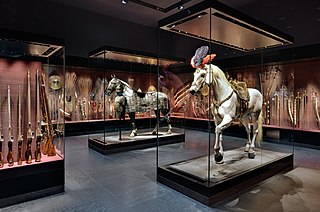
The Turkish Chamber comprises the Ottoman part of the Dresden Armoury and is part of the Dresden State Art Collections. It is located in the Dresden Residential Palace.
Sight 12: Kupferstich-Kabinett
The Kupferstich-Kabinett is part of the Staatliche Kunstsammlungen of Dresden, Germany. Since 2004 it has been located in Dresden Castle.
Sight 13: Historisches Grünes Gewölbe
The Green Vault is a museum located in Dresden, Germany, which contains the largest treasure collection in Europe. The museum was founded in 1723 by Augustus the Strong of Poland and Saxony, and features a variety of exhibits in styles from Baroque to Classicism. The Green Vault is named after the formerly malachite green-painted column bases and capitals of the initial rooms. It has some claim to be the oldest museum in the world; it is older than the British Museum, opened in 1759, but the Kunstkamera in St. Petersburg, Russia was opened in 1714 and the Vatican Museums date their foundation to the public display of the newly excavated Laocoön group in 1506.
Sight 14: Der Weg der Roten Fahne
The Kulturpalast Dresden is a modernist GDR building designed by architect Wolfgang Hänsch. It was opened in 1969 and had the largest multi-purpose hall in the city of Dresden, which was used for concerts, dance and entertainment events as well as conferences and congresses. After several years of renovation including the installation of a new concert hall, it was reopened in April 2017.
Sight 15: Kulturpalast
Get Ticket*The Kulturpalast Dresden is a modernist building built by Wolfgang Hänsch during the era of the German Democratic Republic. It was the largest multi-purpose hall in Dresden when it opened in 1969, and was used for concerts, dances, conferences and other events. The building underwent several years of reconstruction beginning in 2012 and opened with a new concert hall in April 2017.
Sight 16: Dresden City Museum
Dresden City Museum is the central city museum for the German city of Dresden. Its displays tell the 800-year story of the city and is the largest and most important of the Dresden State Museums. Its art collections split off in 2000 to form the Dresden City Art Gallery, but both the Art Gallery and the Museum are housed in Dresden's Landhaus.
Sight 17: Landhaus
The Landhaus is a historic building in Dresden, Germany. Designed to house the Saxony region's Landstand, it was built in the Baroque style between 1770 and 1776 by Friedrich August Krubsacius on the site of the former Palais Flemming-Sulkowski. In September 1775 the Obersteuerkollegium moved into it and in October the Landstand first sat there. It now houses the Dresden City Museum and the Dresden City Art Gallery.
Sight 18: Albertinum
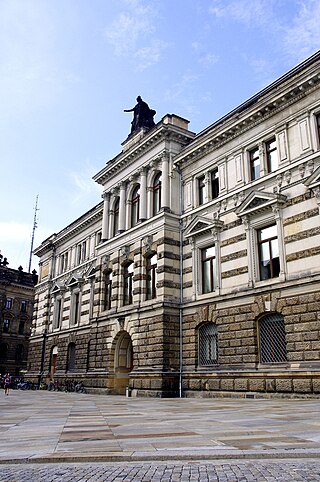
The Albertinum is a modern art museum. The sandstone-clad Renaissance Revival building is located on Brühl's Terrace in the historic center of Dresden, Germany. It is named after King Albert of Saxony.
Sight 19: Galerie Neue Meister
The Galerie Neue Meister in Dresden, Germany, displays around 300 paintings from the 19th century until today, including works from Otto Dix, Edgar Degas, Vincent van Gogh and Claude Monet. The gallery also exhibits a number of sculptures from the Dresden Sculpture Collection from the same period. The museum's collection grew out of the Old Masters Gallery, for which contemporary works were increasingly purchased after 1843.
Sight 20: Brühlscher Garten
Today, the Brühl Garden is only called the eastern part of the Brühl Terrace in Dresden on the Maiden's Bastion, the site of the former Belvederes (I - IV), but originally the entire garden on the Brühl Terrace. He was one of Brühl's glories.
Sight 21: Delphinbrunnen
The Dolphin Fountain is a fountain on the Brühl Terrace in Dresden, Germany.
Sight 22: Skulpturensammlung
The Skulpturensammlung is part of the Staatliche Kunstsammlungen Dresden. It is located in the Albertinum in Dresden.
Sight 23: Coselpalais
The Coselpalais is a palace in the Inner Old Town in Dresden, Germany. With the address An der Frauenkirche 12, it is located northeast of the Frauenkirche at the junction of Salzgasse with this side square of Neumarkt.
Sight 24: Church of Our Lady
The Frauenkirche is a Lutheran church in Dresden, the capital of the German state of Saxony. Destroyed during the Allied firebombing of Dresden towards the end of World War II, the church was reconstructed between 1994 and 2005.
Wikipedia: Frauenkirche, Dresden (EN), Website, Opening Hours, Facebook, Youtube
Sight 25: Neumarkt
The Neumarkt is a square and culturally significant section of central Dresden, Germany. The historic area was almost completely wiped out during the Allied bombing during the Second World War. After the war, Dresden fell under Soviet occupation, and later the communist German Democratic Republic, which rebuilt the Neumarkt area in socialist realist style and partially with historic buildings. However, huge areas and parcels of the place remained untilled. After the fall of Communism and German reunification, the decision was made to restore the Neumarkt to its pre-war look.
Sight 26: Friedensbrunnen
The Peace Fountain or Turk's Fountain is located in Dresden's old town, it is one of the oldest fountains in the city.
Sight 27: Transport Museum
Get Ticket*The Johanneum is a 16th-century Renaissance building, originally named Stallgebäude because it was constructed as the royal mews. It is located at the Neumarkt in Dresden.
Wikipedia: Johanneum (Dresden) (EN), Website, Twitter, Facebook, Pinterest
Sight 28: Long Arcade
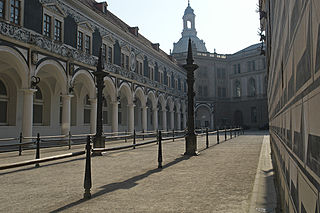
The Stallhof in Dresden is part of the building complex of the Royal Palace and served as a venue for large equestrian tournaments. The Stallhof was built from 1586 for Elector Christian I, presumably according to the designs of Giovanni Maria Nosseni. The Renaissance complex is one of the oldest courtly tournament grounds in the world that has been preserved in its original design. Today, the Stallhof is used for cultural events such as the medieval Christmas market. Occasionally, equestrian tournaments and theatre events are still held here.
Sight 29: Procession of Princes
Get Ticket*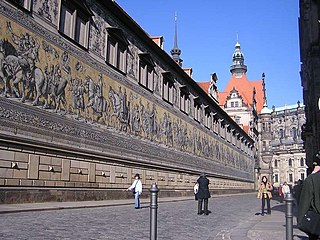
The Fürstenzug in Dresden, Germany, is a large mural of a mounted procession of the rulers of Saxony. It was originally painted between 1871 and 1876 to celebrate the 800th anniversary of the Wettin Dynasty, Saxony's ruling family. In order to make the work weatherproof, it was replaced with approximately 23,000 Meissen porcelain tiles between 1904 and 1907. With a length of 102 metres (335 ft), it is known as the largest porcelain artwork in the world. The mural displays the ancestral portraits of the 35 margraves, electors, dukes and kings of the House of Wettin between 1127 and 1904.
Sight 30: Münzkabinett
The Münzkabinett is part of the Staatliche Kunstsammlungen Dresden. Founded around 1530, it is one of the oldest museums in Dresden. It is located in Dresden Castle.
Sight 31: George gate
The Georgentor or the Georgenbau is the original city exit from Dresden to the Elbe bridge. It is located in the Inner Old Town on Schloßplatz between the Residenzschloss and the Stallhof. This first Renaissance building in Dresden was initiated by George the Bearded, who had the former city gate of Dresden's only Elbe bridge at the time converted into the Georgentor from 1530 to 1535. Today, the building impresses with its representative façade in the monumental neo-Renaissance style.
Sight 32: Alojs Andritzki
The list of stumbling stones in Dresden contains all stumbling stones that were laid in Dresden as part of the art project of the same name by Gunter Demnig.
Sight 33: Napoleonstein
The Schloßplatz is a city square in the center of Dresden, Saxony, Germany. It gets its name from the Dresdner Schloss, the royal residence of the Electors and Kings of Saxony, which faces the south side of the square. The Schloßplatz is further bounded by the Katholische Hofkirche, the Sächsische Ständehaus, the Georgentor, and Augustus Bridge the over the River Elbe. Dating from the 15th century, the square was destroyed in Bombing of Dresden in World War II. In recent years the buildings surrounding the square have largely been restored so that the area again has a historic character.
Sight 34: Kathedrale Ss. Trinitatis
Dresden Cathedral, or the Cathedral of the Holy Trinity, Dresden, previously the Catholic Church of the Royal Court of Saxony, called in German Katholische Hofkirche and since 1980 also known as Kathedrale Sanctissimae Trinitatis, is the Catholic Cathedral of Dresden.
Sight 35: Hausmannsturm
The Hausmannsturm is the oldest part of Dresden Castle that still exists today and was started around 1400 in its lower parts. It is located on the north side of the building complex. The octagonal structure is crowned by a copper-covered Welsh hood and an open lantern with a top. With a height of 100.27 metres, the tower is one of the most striking buildings in Dresden and a popular vantage point.
Sight 36: Altstädtische Hauptwache
The Altstädter Hauptwache, also known as the Altstädter Wache, Schinkelwache or Neue Hauptwache, is a building in Dresden's city centre.
Sight 37: Gemäldegalerie Alte Meister
The Gemäldegalerie Alte Meister in Dresden, Germany, displays around 750 paintings from the 15th to the 18th centuries. It includes major Italian Renaissance works as well as Dutch and Flemish paintings. Outstanding works by German, French, and Spanish painters of the period are also among the gallery's attractions.
Sight 38: Mathematisch-Physikalischer Salon
The Mathematisch-Physikalischer Salon in Dresden, Germany, is a museum of historic clocks and scientific instruments. Its holdings include terrestrial and celestial globes, astronomical, optical and geodetic devices dating back to the 16th century, as well as historic instruments for calculating and drawing length, mass, temperature and air pressure.
Sight 39: Carl-Maria-von-Weber-Denkmal
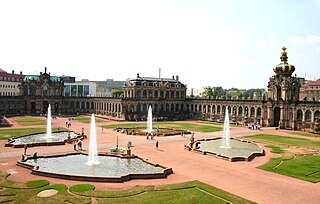
The Zwinger is a palatial complex with gardens in Dresden, Germany. Designed by architect Matthäus Daniel Pöppelmann, it is one of the most important buildings of the Baroque period in Germany. Along with the Frauenkirche, the Zwinger is the most famous architectural monument of Dresden.
Sight 40: Semperoper
The Semperoper is the opera house of the Sächsische Staatsoper Dresden and the concert hall of the Staatskapelle Dresden. It is also home to the Semperoper Ballett. The building is located on the Theaterplatz near the Elbe River in the historic centre of Dresden, Germany.
Sight 41: Statue of King John
The King Johann Monument is a bronze, six-metre-high equestrian statue of the Saxon King Johann on Dresden's Theaterplatz, which was created by Johannes Schilling from 1882 and unveiled in 1889. In the Baroque tradition, it stands as a point de vue at the intersection of the central axes of the Semperoper and the Sempergalerie.
Sight 42: Italienisches Dörfchen
The Italian Village is a restaurant in Dresden, Germany. It is located on Theaterplatz near the Hofkirche, the Zwinger and the Semperoper in the historic area of the city centre. The name refers to an earlier development at this point.
Sight 43: Dresdner Brettl
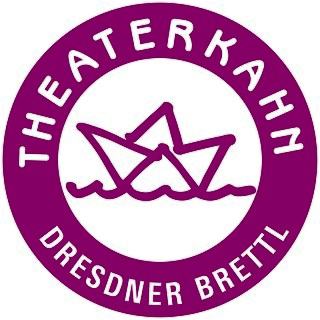
The Theaterkahn is a former barge and since 1994 the venue of the Theater Dresdner Brettl. It is located below the Augustus Bridge on Dresden's Terrassenufer, in the center of Dresden. The theatre has space for 170 spectators and, as a professional repertory theatre, plays around 300 performances a year.
Wikipedia: Theaterkahn Dresden (DE), Website, Twitter, Facebook
Sight 44: Augustusbrücke
The Augustus Bridge is a bridge in the city of Dresden, in the state Saxony in Germany.
Share
Disclaimer Please be aware of your surroundings and do not enter private property. We are not liable for any damages that occur during the tours.
GPX-Download For navigation apps and GPS devices you can download the tour as a GPX file.
